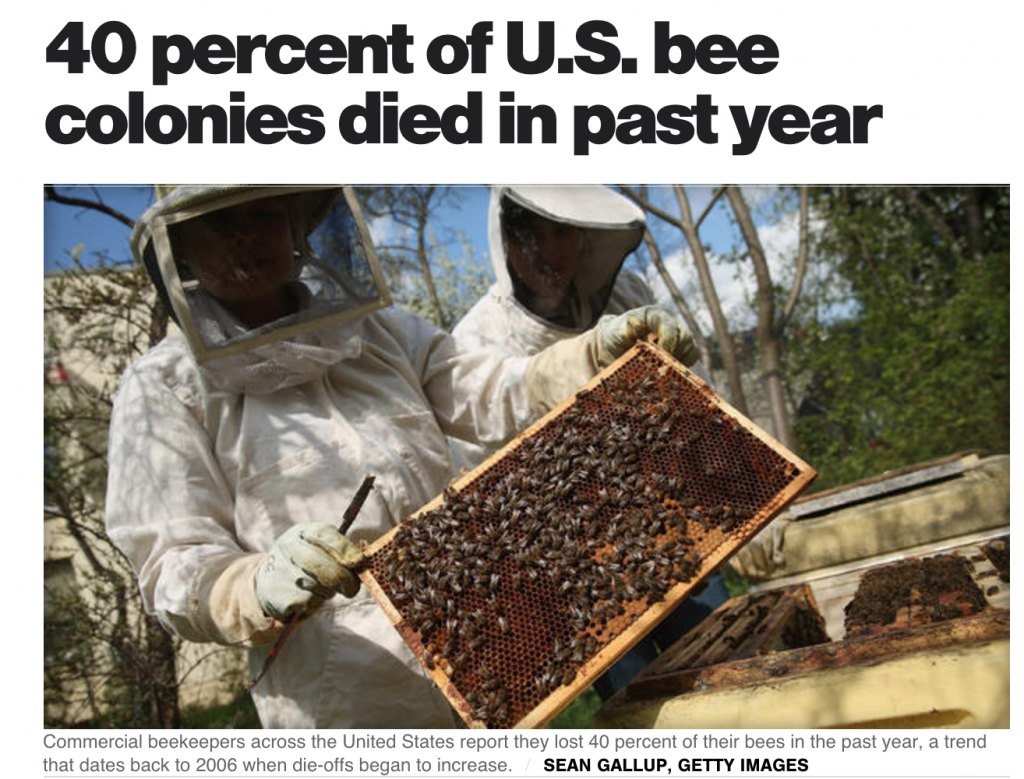There is a wonderful movement today where a lot of local and national farmers are trying to do what they can to save the bee population. If you are interested in how to save the bees, you should know that there are a number of things that you can do to get started. While bees may bring out a fear of being stung in some people, the benefits far outweigh any disadvantages that could be involved. Throughout the pollination process, bees have the ability to help us with a wide variety of crops such as fruits, vegetables, berries, flowers and nuts. As a matter of fact, bees are actually responsible for roughly one out of every two to three bites of food that is consumed within the United States.
Some of the different ways that you can help to save the bees include:
Buying Local
Whenever possible, look into buying fruits, veggies and honey that are all locally grown and organic. In most cases, you are going to be supporting the majority of the beekeepers that live in your area.
Planting
There are all sorts of plants that you can place outdoors, even if it is a simple collection in a window box at your apartment. The more green space that you put out there in your community, you are going to be helping the bee population.
Cut Back
Try to always limit the use of harmful pesticides that are not good for bees as they need to be out foraging while the flowers and plants are blooming. Some of the pesticides that are available on the market today can end up drifting onto some of the blooming plants or even weeds that bees visit and it can poison them. Cutting back as much as possible will help to prevent harm as much as possible.
Start Your Own Hives
The other thing that you can look forward to is learning more about starting up your own bee colony and taking part in the movement. The more that you learn how to save the bees, the easier it will be for you to not only start a hive but also grow your population. The honey that you are able to produce can be used by your family and friends or you may even produce enough that you can start to sell in your local farmer’s market.
Regardless of what you get started in on, you will always find that there are plenty of different ways that you can help with the bee population and do your part to make sure that this is a movement that keeps moving forward. Remain proactive, take the time to get involved and look for other people in your local area who are just as passionate about bees and beekeeping as you are. The bees play such a vital role in our everyday lives that you are going to find that there are tremendous advantages from working hard and remaining active in bee saving efforts.
